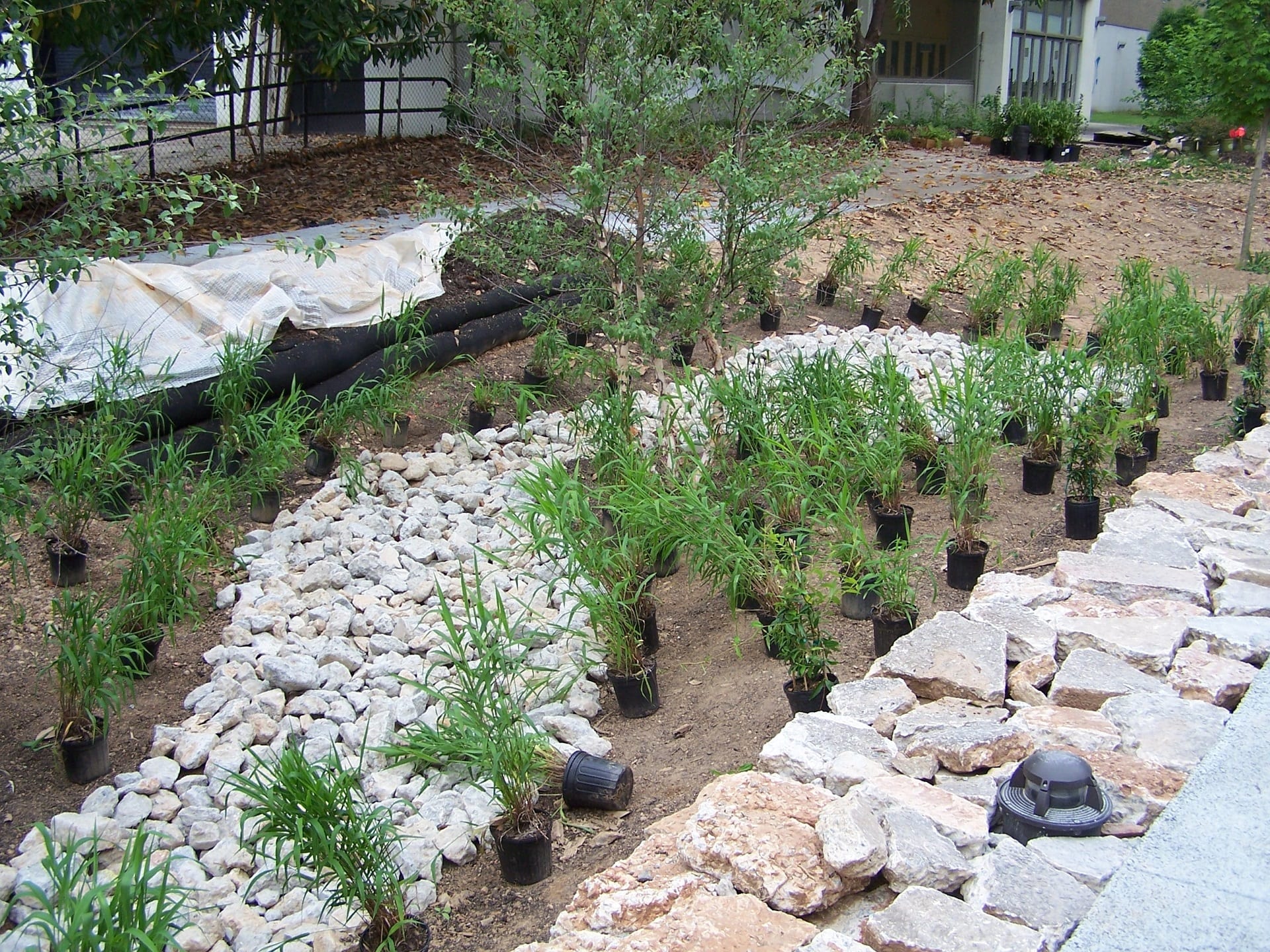This webinar will be from 4:00 p.m. – 5:30 p.m. EST.
Many communities experience challenges with urban flooding and stormwater management. For years, cities have been designed to act as funnels to convey water quickly, which causes downstream pollution and long-term health and safety concerns. However, these cities are revising their stormwater management guidelines to directly address these issues. These updates outline a set of best management practices for more flexibility, referred to as Green Infrastructure (GI). GI is a cost-effective approach to managing stormwater runoff by treating it as a resource rather than a disturbance, and can include developing bioretention areas, enhanced swales, permeable pavers and pervious concrete that slow down the flow of stormwater and allow it to be more successfully infiltrated into the ground. GI must be designed, installed and maintained correctly to avoid repairs or reinstallation.
One of the barriers to long-term GI/LID is a lack of knowledge about how to ensure that GI structures function well for years to come. This course will give an introduction to green infrastructure and help students know how to identify and solve issues surrounding poor maintenance of GI practices as well as to avoid GI failures entirely.SCHEDULE
- June 9th: Green Infrastructure Low Impact Development Overview: type of green infrastructure, maintenance plan requirements, soil operations and maintenance.
- June 10th:Green Infrastructure Plant Maintenance
- June 11th:Long-term Operations and Maintenance of Best Management Practices
LEARN
Upon completion of this webinar series, trainees will be able to:
- Identify maintenance requirements of green infrastructure Best Management Practices (BMPs).
- Identify common problems and solutions for BMPs.
- Identify materials, supplies, equipment and personnel needs and costs for maintaining BMPs.
- Demonstrate an understanding of how to implement a landscape maintenance plan.
- Evaluate plant performance and how to enhance or replace plants that are succeeding or failing.
INSTRUCTORS

ROBERT REED
Advisor
TRAINING INCLUDES
- Six hours of classroom training.
- Interactive student participation, practicing the following skills: training, effective listening, communication, problem solving, construction scheduling, tracking and maintenance and quality control.
PREREQUISITES
Since this course covers a wealth of specific material in a limited time, it is assumed that, prior to attending the class, students will already possess knowledge and skills related to construction and landscaping. Students should also be competent in basic mathematics and construction terminology. The intended audience includes, but is not limited to:
- Contractors
- Home builders
- Developers
- Landscapers
- Landscape maintenance crews
- Government public works crews
- Property owners
- Building managers
- Municipal and county personnel
- Professionals with licensure
EARN
CEUs will be self-reported. Attendees will receive a certificate after the training that states how many CEUs the class qualifies for. Attendees will use the certificate to report to respective boards.
REGISTRATION
Course Price: FREE

